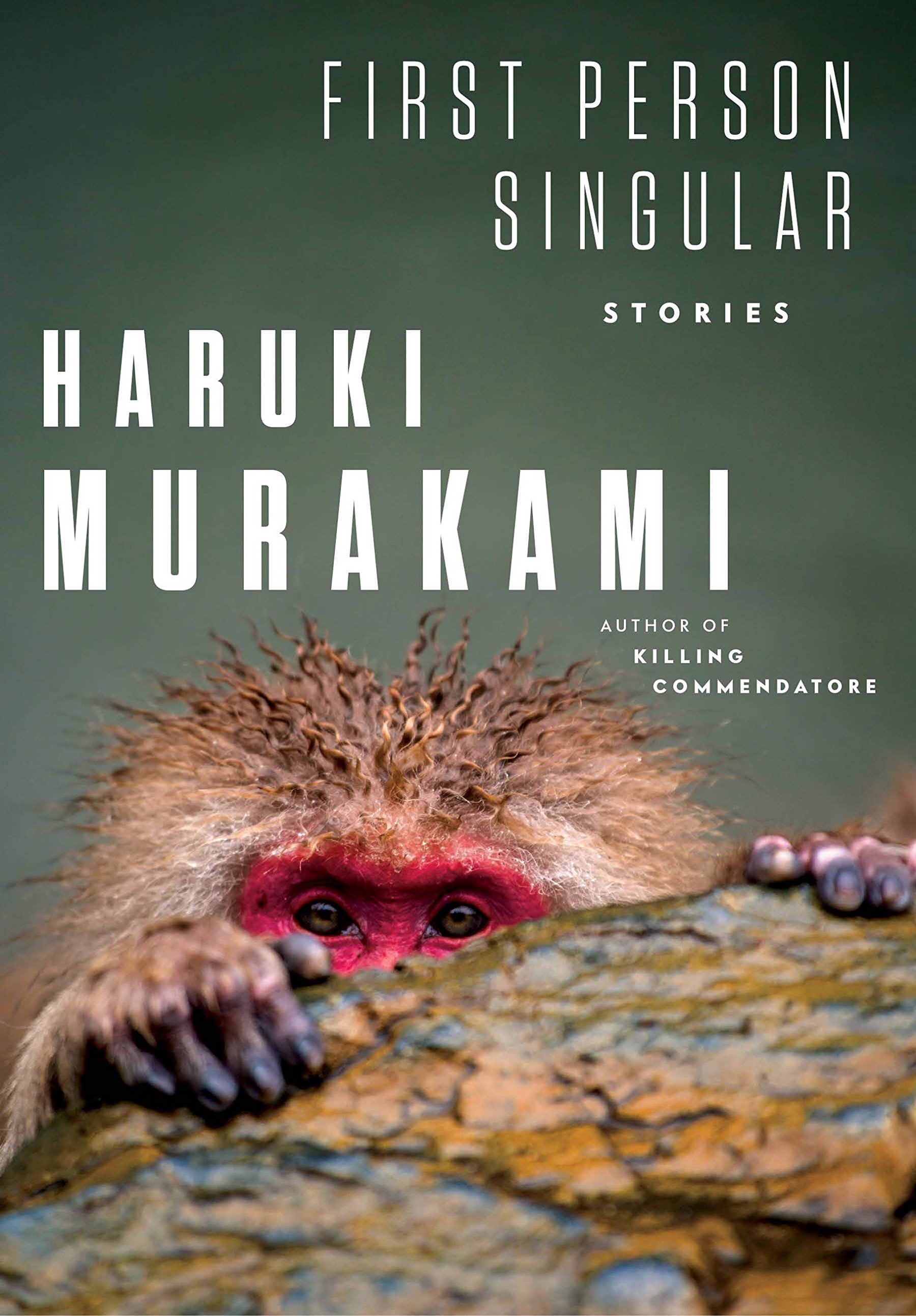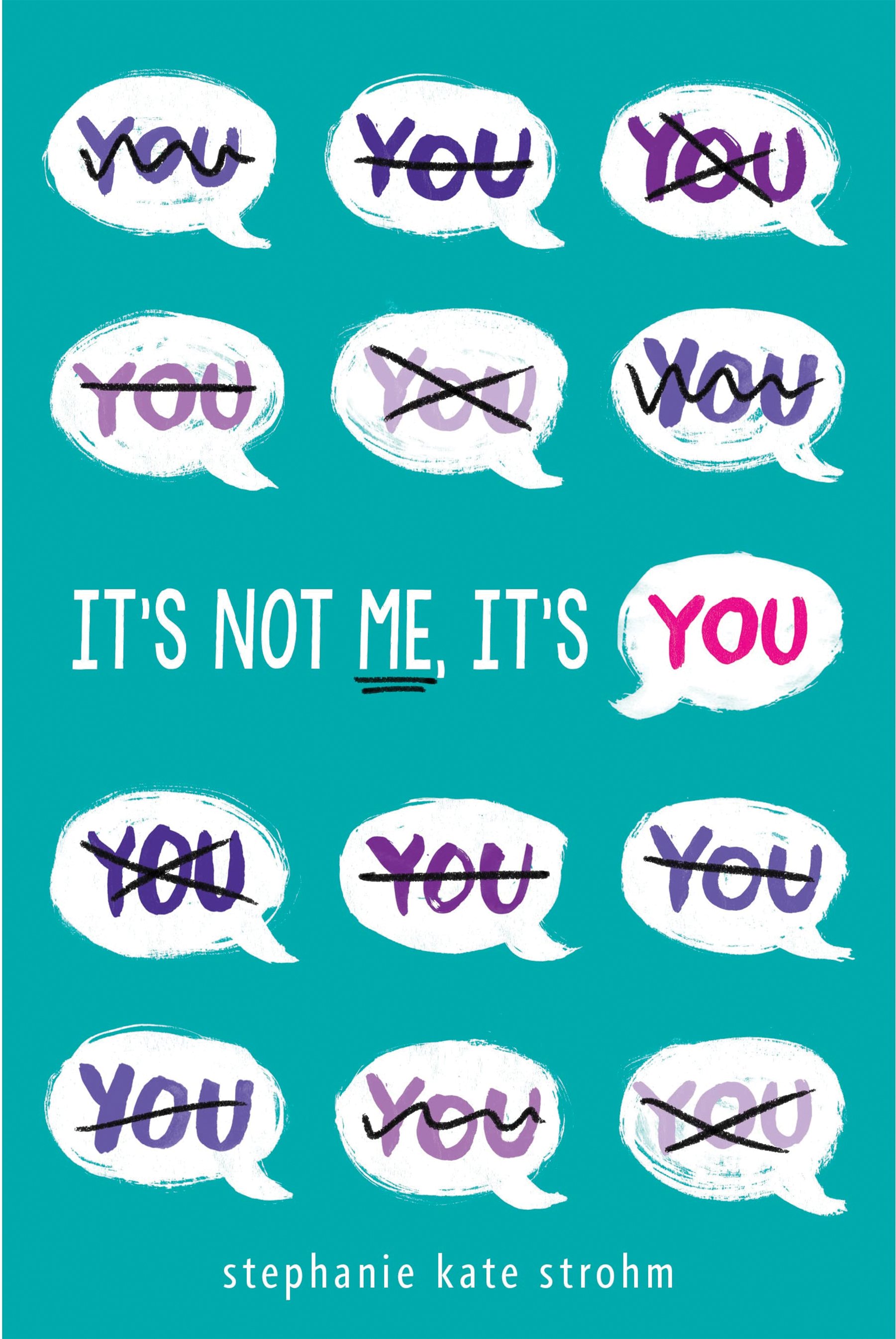BOOKWORM
THIS ANCIENT BOOK OF TAMIL COUPLETS IS FOR ALL AGES
The Kural, translated from Tamil by Thomas Hitoshi Pruiksma, Beacon Press, $33.95. Tirukkural, the Tamil masterpiece of poetry and practical philosophy written in 1330 short couplets by Tiruvalluvar sometime between 300 BC and 5th century CE, was musical to my ears when I memorized many of the verses at school in India.
Every couplet has its own energy and beauty, and deep philosophy that has everyday relevance. And once you have committed a verse to memory, it stays there. Unforgettable, like learning to ride a bicycle, I suppose. Decades later, I still draw from that deep well of wisdom from time to time.
On a rainy day in spring and fall, I can hear myself sing:
Tupparuku tuppaaya tuppaakki tupparukku
Tuppaya tuuum mazhai
In Tamil, it sounds like rain, a downpour. There’s rhythm, there’s poetry, the sound of water as it bounces off the trees and bushes in my front yard.
In English:
Making food fit for feeding and itself
Food that feeds – rain
It’s inevitable that the energy and beauty in the original are lost in the English translation, even one by a noted poet and author.
This is one reason why the Kural has long been under-represented in world literature. A translator must sacrifice the genius of its word play and poetic verve to explain its philosophical sense. And then it’s not the same.
I have seen this with Rabindranath Tagore’s poems, too.
And yet, in spite of this obvious difficulty, Thomas Hitoshi Pruiksma manages to convey Tiruvalluvar’s poetic intensity to the reader. A feat indeed.
Homepage: Poet Tiruvalluvar’s statue in Kanyakumari, India. Image credit: SUBASH MATHESWARAN on Unsplash.
MURAKAMIVERSE
First Person Singular by Haruki Murakami, Bond Street Books, $34. Remember the advertising slogan for a brand of pale ale on radio not so long ago? “Those who like it, like it a lot,” the announcer would say cheerily.
Haruki Murakami falls in this category. If you like his way of storytelling, you’ll like this collection of eight short stories a lot.
They are all told in the first person by a classic Murakami narrator. A character is having beer with a talking monkey (anything is possible in the Murakami universe). Another is fleeing a hostile woman in a bar. Is the narrator Murakami himself? Maybe, maybe not.
If you are looking for philosophy, you’ll find it. A dash of mystery? Sure, that, too. A twist in the end? Count on it. The stories are about love, longing, memories and solitude. Philip Gabriel’s translation from Japanese leaves the essence of Murakami intact – or so I’d like to think, I don’t know a word of that language.
TRAVEL BUG
The Great Journeys in History, edited by Robin Hanbury-Tenison, Thames & Hudson, $22.95. Humankind’s early migrations were travels greater than all later journeys put together. During vast unrecorded stretches of time, virtually every corner of the habitable world was discovered and settled.
In two sentences the author sums up our drive to travel farther, know more.
From our epic journeys out of Africa to our current quest to the Moon, Mars and Jupiter, the book covers every aspect of this insatiable appetite for travel and adventure.
The early Pacific voyagers and Egyptian explorers, Alexander the Great, Hannibal, Marco Polo and Ibn Battuta...we meet them all along the way. Discoveries and human drama; war and peace; art and science and commerce – our history on the planet holds a mirror to what’s to come.
Why do we leave the comforts of the known for perils elsewhere? What drives us to be constantly on the move? The Great Journeys in History is an undertaking to understand our impulses.
SAVING GRACE
Those Who Are Saved by Alexis Landau, Putnam, $36. As a Russian Jewish émigré to France, Vera cannot protect her four-year-old daughter Lucie during the Nazi occupation.
She’s faced with an impossible choice: take her to the concentration camp with her or put her into hiding? Her decision to leave her daughter in safety has far-reaching consequences for the family. Vera and her husband are given an opportunity to escape to America, but are unable to reach Lucie in time.
Spanning two continents and set against the backdrop of World War II, Those Who Are Saved is a testament to an undying love that survives against all odds. It is inspired by the moving stories of exiles who fled Europe during the war, finding refuge in America, but leaving behind chunks of their lives.
THE ORIGINAL ROM-COM
The Black Moth by Georgette Heyer, William Heinemann, $27.99. Before there were rom coms, there was Georgette Heyer. She practically invented the genre.
As historical novelist Philippa Gregory (The Other Bolyn Girl) writes in her introduction to the 100th anniversary edition, “Georgette Heyer wrote The Black Moth when she was nineteen years old. This one sentence is really all one needs to know in order to understand Heyer’s superb talent.”
An earl who sacrifices his honour for his brother and is now a highwayman, a feisty interesting heroine who is willing to take risks for love, adoring retainers and devoted friends, you’ll find them all. Throw in a Gothic villain of the aristocracy and a duel involving swords or pistols and you have a tale that has retained its appeal for, well, a century.
It’s interesting to note, though, that in this, her first novel, Heyer gave equal footage to the villain – he doesn’t just appear to be vanquished by his lordship but drives the narrative. He is, as they say, so bad he is good!
A PERENNIAL FAVOURITE
Circus Shoes by Noel Streatfeild, Puffin Books, $16.99. Once upon a time, quite long ago, kids would dream of running away to the circus – this was before awareness of animal cruelty reached a critical mass and before kids were fixated upon their screens.
This book is about two siblings who run away to the circus, but not to join it. They are hoping to escape being sent to separate orphanages when their aunt who looked after them after the passing of their parents, also passes away. They are hoping an uncle they’ve only heard of but never met will provide a home for them. The two children are thrown into the hurly-burly world of a travelling circus. They meet a colourful cast of characters, make new friends and learn new things about themselves.
The worst part of Peter’s and Santa’s lives, which was a part they did not know themselves, was that aunt Rebecca’s foolish ways of thinking were catching. It is almost impossible to live with somebody who thinks you are too grand to know anybody and not get a bit that way yourself.
They marvel at the animal acts, but can’t help feeling bad at the laughter the magnificent creatures evoke. They also discover that an elephant can be fond of a dog and that “family” can come in many shapes and forms.
In You’ve Got Mail, Meg Ryan’s character, the owner of a small independent bookstore, describes “the shoes books” as among her favourites.
That was enough to make the movie one of my favourites, because, of course, she was describing the series, that, starting with Ballet Shoes (1936), has enraptured generations of readers. Several of them are now in reprint, among them, Circus Shoes and Theatre Shoes.
CATCH ’EM YOUNG
On My Way to a Happy Life by Deepak Chopra, Hay House, $22.99. Over the years, people who read his books and became familiar with his teachings on the seven spiritual laws of the universe told Deepak Chopra that they wished they had learned this when they were younger, writes Chopra.
Hence this book, to introduce little ones to the principles of giving and getting, to karma and acceptance.
Karma is an ancient word
you may hear people say
It means that how
you live your life creates
what comes your way.
TEEN REVIEW
By BHAVNEET TATTLA
It’s Not Me, It’s You by Stephanie Kate Strohm, Point, $12.99. Avery Dennis is one of the most popular seniors in school. Her dating life is frequently a topic of conversation among staff and students. She is also attempting to produce the most memorable prom in school history with the help of her pals.
It’s Not Me, It’s You by Stephanie Kate Strohm follows Avery’s social life and how she combines her prom planning, self-assessment, and final history assignment into one. By adopting an unconventional approach to her oral history assignment, she describes all of the males she had dated and explains why she had never been able to establish a long-term relationship and what the issue was with her.
Her relationship with Hutch – whether it is platonic or romantic – as well as Avery’s and Coco’s (Avery’s best friend) friendship with Hutch’s friends is interesting because Avery and Coco were two of the most popular girls in school while Hutch and his friends were the nerdiest. A weak point is the sexist comments given to Avery by other students and teachers for her dating history.
I suppose the author was attempting to alter the perception of female popularity. Despite what others think, Avery is not a naïve blonde girl. She is bright, hard-working and compassionate.
• Bhavneet Tattla is a youth volunteer at Brampton Library.








